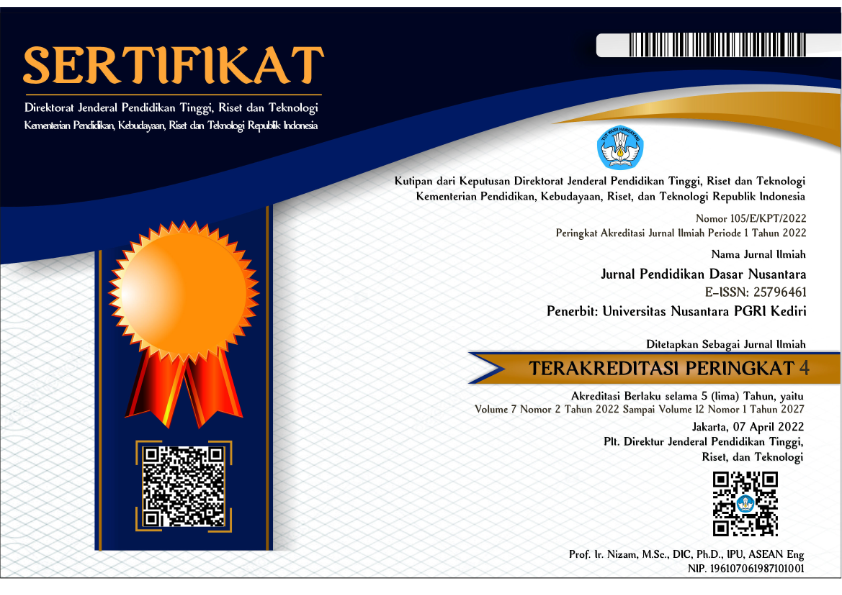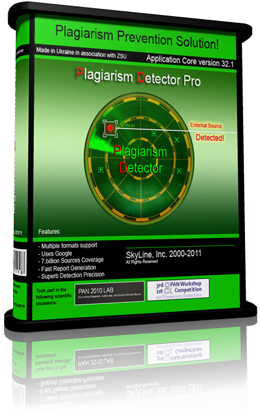FENOMENA PERILAKU AGRESI ANAK YANG MENGALAMI KEKERASAN DALAM KELUARGA (STUDI PADA SISWA KELAS 2 MI ISLAMIAH ROGOJAMPI BANYUWANGI)
DOI:
https://doi.org/10.29407/jpdn.v2i1.342Abstract
Abstract: The results of monitoring and evaluation KPAI in 2012 at 9 provinces shows that 91% of children in Indonesia have experienced violence in the family. In September 2015, an Elementary School student in South Jakarta died after incidents of beatings done his friend. Based on the background above, problems in this research is "How does the phenomenon of aggression children who experience violence in the family in the grade 2 MI Islamiah Rogojampi?" The approach used in this study is a qualitative approach. The qualitative model in this research is Phenomenology. Based on the structure of the relationship between meaningful units towards the study of the behavior of aggression children who experience violence in the family, it can be concluded that the violence experienced by participants in the family has encouraged participant to behave aggression within the family and the social environment.
Keywords: phenomenon, aggression, violence in the family
Abstrak: Hasil monitoring dan hasil evaluasi KPAI tahun 2012 di 9 provinsi di Indonesia menunjukkan 91% anak mengalami kekerasan dalam keluarga. Pada September 2015, seorang siswa SD di Jakarta Selatan meninggal dunia akibat insiden pemukulan yang dilakukan temannya. Berdasarkan latar belakang di atas, maka masalah dalam penelitian ini adalah “Bagaimanakah fenomena perilaku agresi anak yang mengalami kekerasan dalam keluarga pada siswa kelas 2 MI Islamiah Rogojampi?” Pendekatan yang digunakan dalam penelitian ini adalah pendekatan kualitatif. Model dalam penelitian kualitatif ini adalah model penelitian fenomenologi. Berdasarkan struktur hubungan antar unit-unit bermakna terhadap kajian perilaku agresi anak yang mengalami kekerasan dalam keluarga, dapat disimpulkan bahwa kekerasan yang dialami partisipan di dalam keluarga telah mendorong partisipan untuk berperilaku agresi di dalam keluarga maupun di lingkungan sosial.
Kata Kunci: fenomena, perilaku agresi, kekerasan dalam keluarga
Downloads
Downloads
Published
Issue
Section
License
Authors who publish with this journal agree to the following terms:
- Copyright on any article is retained by the author(s).
- The author grants the journal, the right of first publication with the work simultaneously licensed under a Creative Commons Attribution License that allows others to share the work with an acknowledgment of the work’s authorship and initial publication in this journal.
- Authors are able to enter into separate, additional contractual arrangements for the non-exclusive distribution of the journal’s published version of the work (e.g., post it to an institutional repository or publish it in a book), with an acknowledgment of its initial publication in this journal.
- Authors are permitted and encouraged to post their work online (e.g., in institutional repositories or on their website) prior to and during the submission process, as it can lead to productive exchanges, as well as earlier and greater citation of published work.
- The article and any associated published material is distributed under the Creative Commons Attribution-ShareAlike 4.0 International License

































